Hello, my name’s Andrew, and these are the Wildling Chestnut, a lightweight barefoot shoe with a wool/hemp upper and minimal tread for cold weather casual.

Features
A few years ago I bought the original Wildling Flying Fox, which is now called the “Atmo,” and while they were super light and flexible, the cotton and synthetic membrane weren’t particularly breathable.
So I asked Wildling for a pair of Chestnut’s to test and with the cozy wool/hemp canvas, they’re like a winterized set of PF Flyers for kicking around when life gets chilly.

Upper/Inner
Because the Chestnut has a wide foot-shaped toebox with a warm wool/hemp blend upper, microfiber edging, water-resistant membrane, and reinforced heel for durability.
Inside the whole shoe is lined with wool felt for insulation and airflow, along with Wildling’s optional wool or hemp insoles for padding.
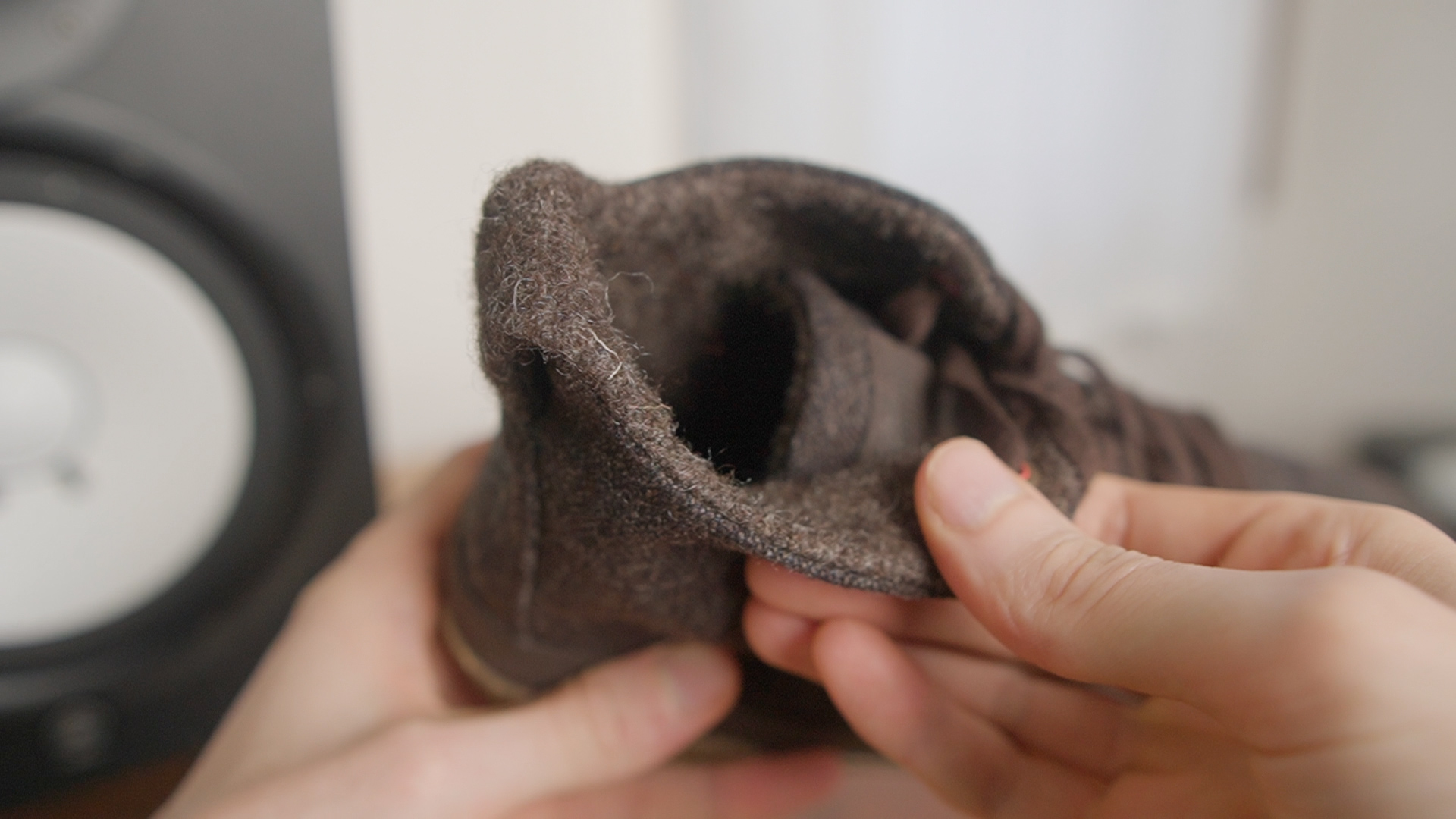
Sole/Tread
Underneath you’ve got a 3.5mm zero-drop sole that’s extremely flexible in all directions, plus a minimal recycled rubber tread for roads, which is split and tapered under the arch for natural movement.
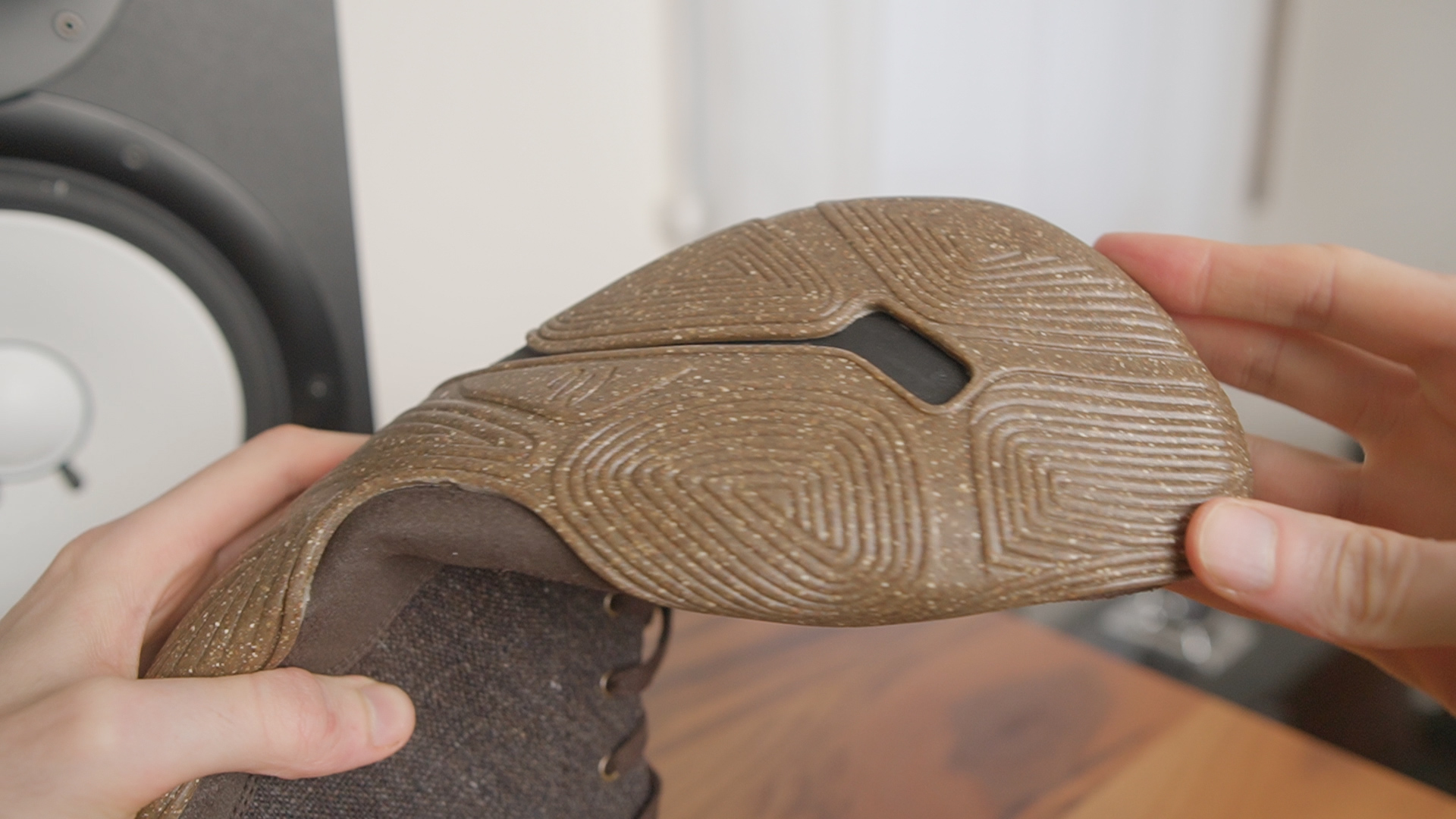
Testing
Having gotten a little steamy at times in the cotton Wildling Flying Fox I was hoping the wool/hemp upper of the Chestnut would do better.
Walking
Lacing them up in front of a heating vent the puffy lining was definitely more airy and going out the door the wool and hemp adapted quickly to the icy wind, changing from cool to warm.

Like my North Wolf boots the Wildling Chestnut’s thin sole felt smooth and natural rolling along concrete, and it also stayed surprisingly toasty below freezing, or even lower with a wool felt insole and a layer or two of Injinji merino wool toe socks.

Branching off onto trails the minimal tread was fine for dirt and light gravel, but while the membrane can handle snow and wet grass, I wouldn’t recommend the Chestnut for deep mud or slippery hills.

Casual
Driving around running errands the Chestnut was so feather light, it was hard to remember whether I even had shoes on and the mid-cut upper was slightly more breathable than the North Wolf for indoor use, although they’re both comfy enough to make great slippers for anyone with cold floors in the winter.

Stylistically, the wool-hemp canvas and speckled sole have a rugged, natural vibe that works nicely for eco-friendly casual use and makes me wish Wildling made clothing, as well as shoes!
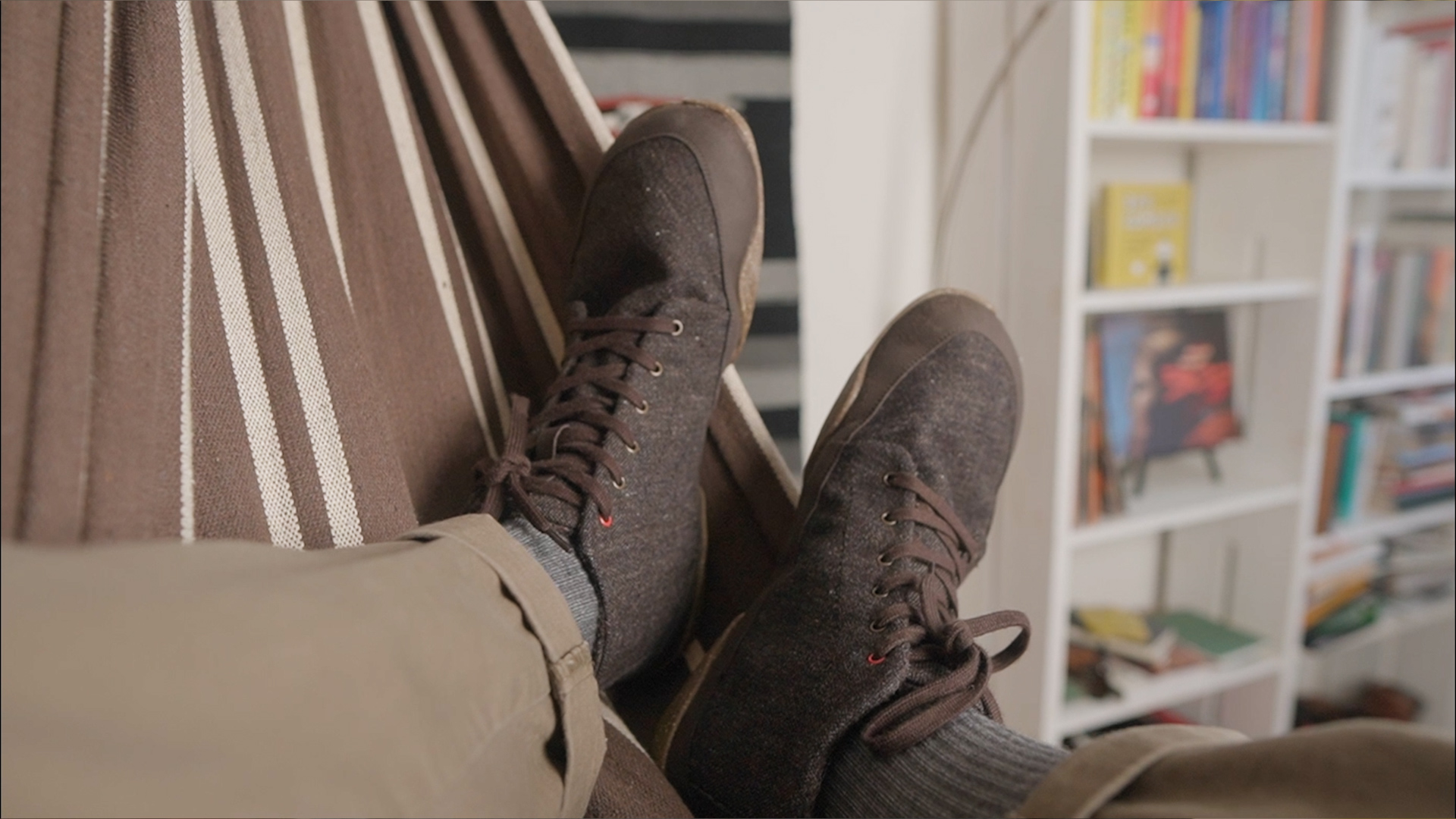
Conclusion
Overall the Wildling Chestnut is an excellent option for anyone who wants a lightweight barefoot shoe with some solid insulation and eco-friendly materials for cold weather casual.
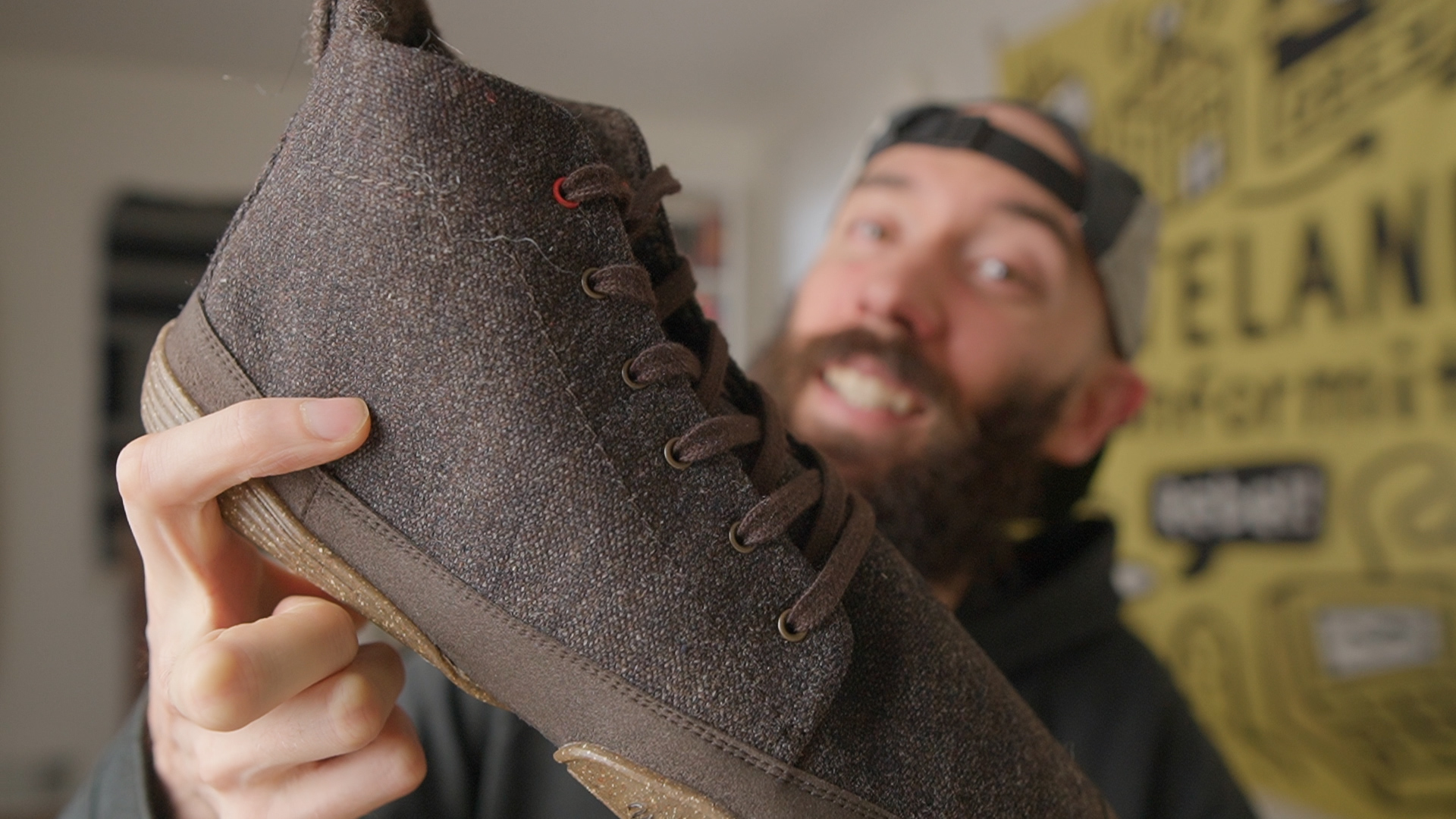
Pros/Cons
Because the hemp blend upper is cozy and stylish, the wool lining and membrane provide some great temperature regulation, and Wildling’s ethical and sustainability standards are second to none.
However, the Chestnut’s toebox isn’t roomy enough for extra-wide feet, the soft canvas and minimal tread are less practical for wet, messy conditions, and the polyester membrane isn’t as breathable as natural materials, like leather.

Alternatives
In terms of similar winter barefoot casual shoes…
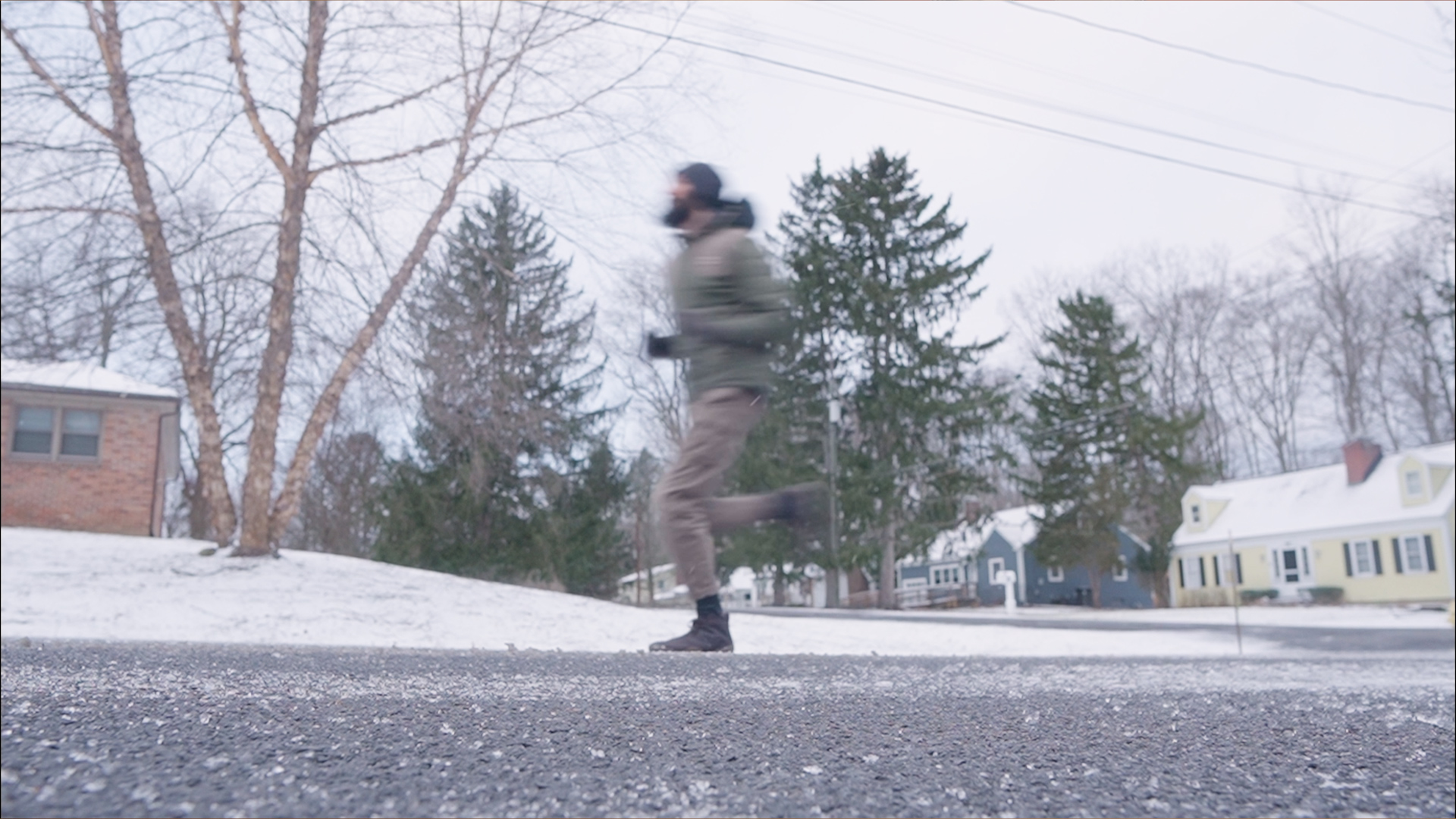
Resources
If you’d like to support the channel, you can shop with the referral links above/below, browse products at barefootwear.org, or watch my Zero-Drop Transition video to learn more about barefooting.
Finally, if you have a question about the Wildling Chestnut, or about barefoot shoes in general, let me know in the comments.
Thanks for reading, catch ya next time. Peace!
Andrew Folts
Andrew is a writer/filmmaker who creates video guides and reviews for a community of 25K+ creative rebels on YouTube.